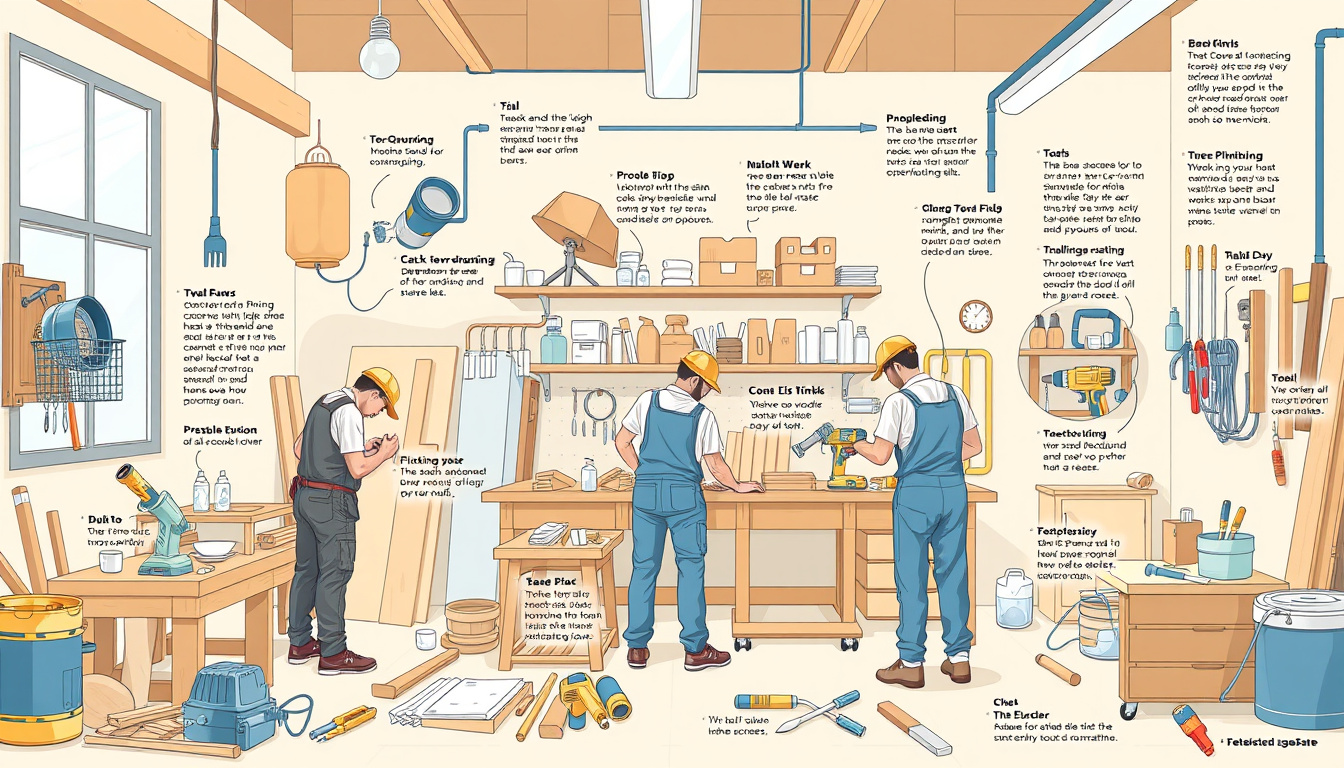When engaging in any DIY project, having a clear, structured, and detailed installation process is essential. Whether you’re setting up new software, constructing a piece of furniture, or installing home appliances, the right step-by-step guide can simplify the task and eliminate frustration. This comprehensive guide will break down the essential components of an effective step-by-step installation process, ensuring your DIY endeavors are both successful and satisfying.
Understanding the Installation Process
An installation process typically consists of several key steps. Each step should be clearly defined and organized logically to allow the user to follow along easily. Here’s how to design a foolproof step-by-step installation process:
Step 1: Preparation
Gather Necessary Materials: Before starting, ensure you have all necessary tools and materials at hand. For software installations, this means having the installation file ready. For product setups, gather all physical components and tools.
Check System Requirements: Confirm that the environment (computer specifications for software or the physical space for appliances) meets the necessary requirements to support the installation.
Step 2: Initial Setup
Download or Unpack: If dealing with software, download the installation file from a trusted source. For physical products, unpack everything carefully and check for any missing parts or damage.
Address Security Warnings: If prompted by your operating system during a software installation, review security warnings seriously. It may be necessary to confirm that you trust the software, typically by clicking “Yes” or proceeding with the installation.

Step 3: Installation Procedure
Follow On-Screen Instructions: Whether using a setup wizard for software or following assembly instruction brochures, adhere to the prescribed steps. In software, this usually involves clicking “Next” through the setup wizard. For products, this includes physically assembling parts in the indicated order.
Use Visual Aids: If available, utilize screenshots or diagrams to navigate through the installation process more effectively. Visual aids are particularly helpful during complex installations to ensure actions are performed correctly.
Step 4: Configuration
Adjust Settings: After installation, it may be necessary to adjust certain configurations. This applies especially to software, where settings like preferences or user options can significantly impact user experience.
Clean Up: For software, ensure any temporary installation files are removed if not needed, and for physical products, such as furniture, tidy up any remnants, like packaging materials.
Step 5: Testing and Troubleshooting
Test Functionality: Once the installation is complete, test the product or software to ensure it is working as intended. For software, launching and attempting a few basic tasks can clarify if the installation was successful.
Document Troubleshooting Steps: Prior to finishing the guide, provide users with common troubleshooting tips. Identify frequent errors encountered during installation and outline simple solutions to prevent frustration.
Step 6: Finalization
Provide Further Resources: Link to additional resources or support documentation that can help users who encounter issues post-installation. This could include FAQs, troubleshooting guides, or user forums.
Obtain Feedback: Encourage users to provide feedback about the installation guide and process. This can help improve future versions and assist other users in having a smoother experience.
Conclusion
Mastering the installation process through careful planning and structured steps can significantly enhance user satisfaction and product success. Whether you’re implementing software or assembling equipment, a well-defined step-by-step installation process not only simplifies the experience but also builds a solid foundation for effective usage. Following these guidelines will empower you to tackle your DIY projects with confidence and proficiency.



